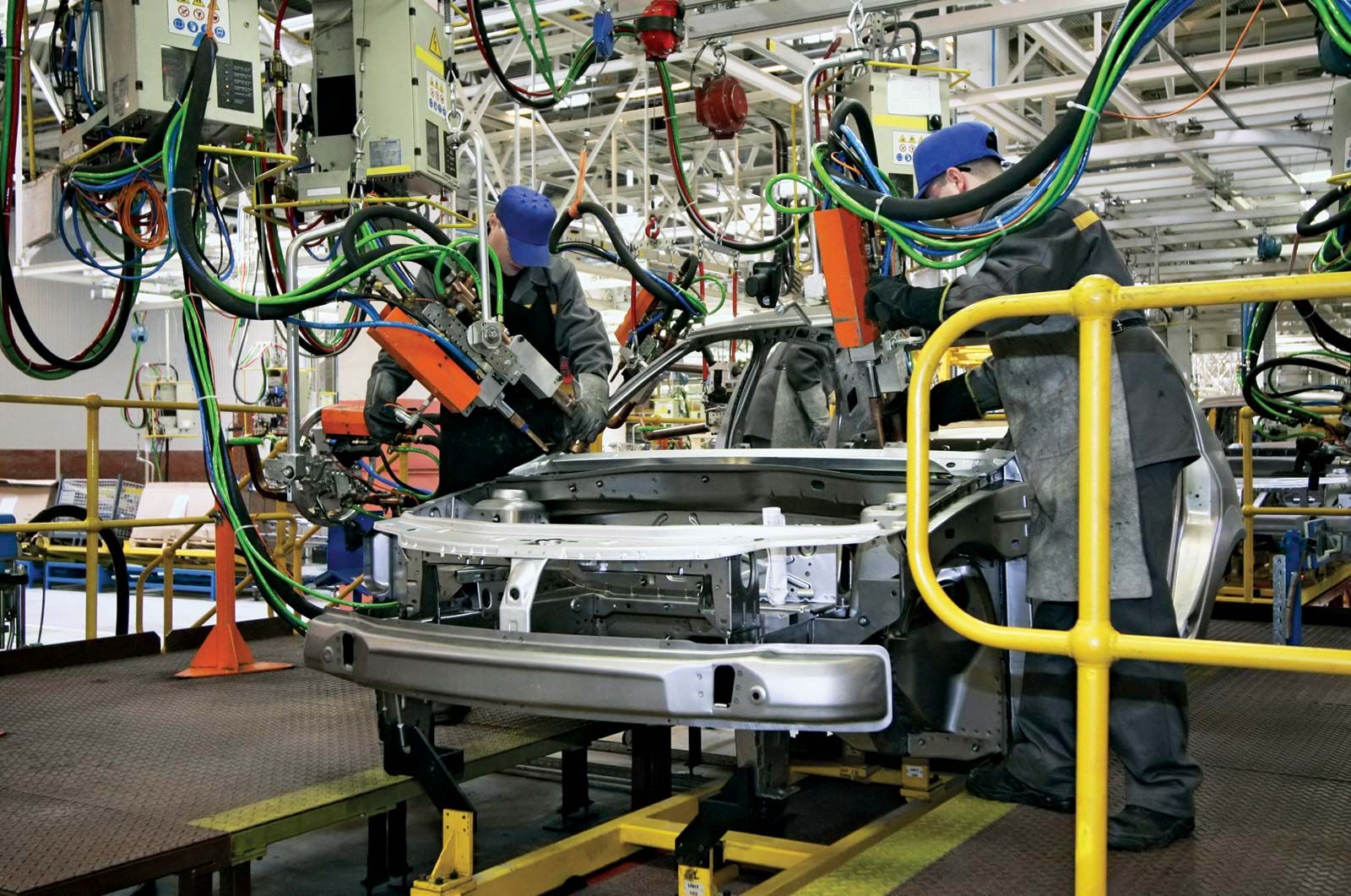The automotive industry has embraced technology in transformative ways over the last century. While the evolution of vehicles has predominantly centered around horsepower, fuel efficiency, and safety features, one of the most significant advancements has been the integration of screens into cars. This shift, marked by the introduction of screens, has not only altered the way we interact with our vehicles but has also reshaped our driving experiences entirely. Let’s explore the history of screens in automobiles, tracing back to their origins and arriving at the sophisticated systems we see today.
In the early days of the automobile, drivers relied on rudimentary instruments to gauge their vehicles’ performance. Speedometers, temperature gauges, and fuel indicators were analog, displaying information using dials and needles. This basic interface provided minimal information and lacked the connectivity and versatility we have come to expect in modern vehicles. However, the seeds for a digital transformation were sown in the mid-20th century, fueled by advances in electronics and consumer technology.
The first significant foray into screens within automobiles can be traced back to the 1980s when luxury vehicles began to incorporate digital displays. Brands like Mercedes-Benz and BMW pioneered the use of digital instrumentation panels, allowing for more comprehensive data representation. These early digital screens were small and primarily used to enhance the visibility of vital statistics like speed and fuel level. Yet, they opened a gateway to possibilities that were previously unimaginable.
The introduction of on-board diagnostics in the late 1980s marked another pivotal moment in the automotive tech landscape. The OBD system allowed vehicles to self-diagnose issues and communicate with service stations, thus laying the groundwork for advanced diagnostic tools and interfaces. Mechanics could retrieve data on performance metrics electronically, providing a glimpse into the future of automotive technology—one that revolved around screens and digital displays.
As technology advanced further, the landscape of vehicular communication evolved. The late 1990s saw the emergence of the first infotainment systems. These systems integrated audio, navigation, and even communication features into a single display, merging entertainment with essential driving functions. This marked a significant departure from simply designing vehicles for transport. Now, car manufacturers began to think about the driver’s emotional connection to the vehicle.
The introduction of touchscreens in the 2000s revolutionized automotive tech once more. As technology from smartphones and tablets permeated everyday life, drivers started to expect similar functionality in their vehicles. Touchscreens allowed for greater interactivity and customization, empowering users to control navigation, media, and climate settings with merely a swipe or tap. However, this innovation sparked a heated debate about driver distraction, prompting manufacturers to consider how best to balance technology with safety.
In parallel with these developments, the automotive industry also began to adopt smartphone integration technologies. With the advent of Apple CarPlay and Android Auto in the 2010s, screens in cars took on an even more important role. These systems allowed drivers to mirror their smartphones onto the car’s display, enabling seamless access to apps, navigation, and communication while reducing the cognitive load of managing multiple devices. This integration promised not just convenience but a more intuitive driving experience.
Meanwhile, the advancing capabilities of screens paved the way for more innovative applications. The rise of electric vehicles brought forth entirely new designs where digital displays were no longer limited to the dashboard. Take the Tesla Model S, for instance, which features a massive central touchscreen that controls nearly every aspect of the vehicle. From performance settings to climate control, the interface is both a control center and a digital sanctuary that enhances the driving experience.
Moreover, heads-up displays (HUDs) revolutionized how information is presented to the driver. These screens project vital driving data directly onto the windshield, allowing users to keep their eyes on the road while still accessing crucial information. This innovation has bolstered safety by minimizing distractions, a vital consideration in a world that is becoming increasingly reliant on screens in our daily lives.
Now, as we stand on the threshold of a new era in automotive technology, the role of screens in cars is evolving more rapidly than ever. From augmented reality to fully autonomous driving interfaces, screens are becoming central to the driver’s experience. Features like gesture recognition and voice commands are enhancing how we interact with our vehicles, making technology more accessible and minimizing the potential for distraction.
Looking forward, the promise of screens in automobiles extends beyond mere entertainment and convenience. They hold the potential to redefine urban mobility with real-time traffic updates, integrated navigation that adapts to road conditions, and proactive safety alerts that keep drivers informed and aware. As we inch closer to a future that embraces autonomous vehicles, the omnipresence of screens will dictate how we relate to transportation as a whole.
In conclusion, the journey of screens in automobiles reflects a broader narrative about the integration of technology into our lives. From humble beginnings to cutting-edge innovations, screens have transitioned from simple gauges to complex interfaces that enrich the driving experience. As we contemplate the next chapter in automotive technology, one thing is certain: screens will continue to play an indispensable role in shaping the future of how we travel.
